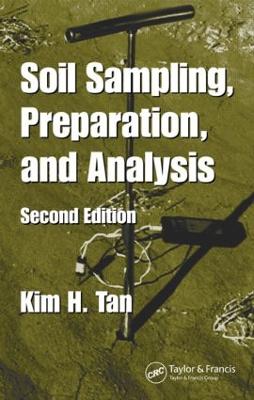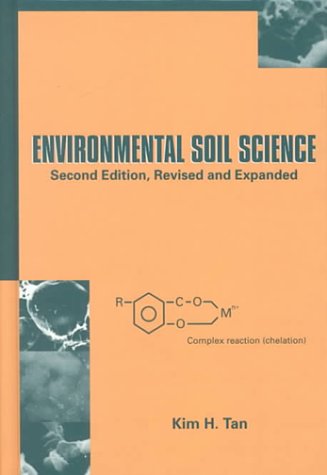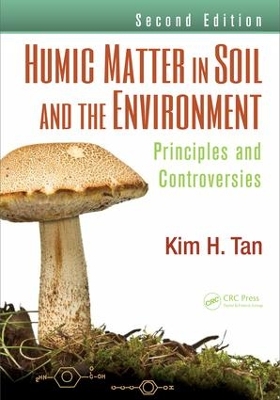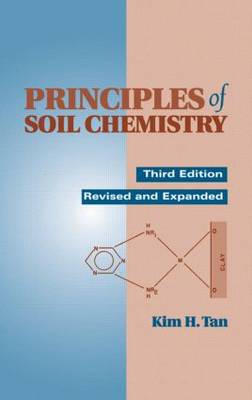Books in Soils, Plants, and the Environment
5 total works
As with the highly popular original, this new edition of Soil Sampling, Preparation, and Analysis provides students with an exceptionally clear description of the sampling and analysis methods most commonly used in modern soil laboratories around the world. What sets it apart as the first choice of professors is the grounding it offers in fundamental principles, professional protocols, and specific procedures. What makes it especially popular with students is that it spares them from having to tote large volumes for the sake of a page or two.
Fully revised to introduce the latest advances, the text is lucidly illustrated with original results garnered from years of hands-on experiments conducted by the author and his students.
In response to requests from active users of the first edition, these new features have been added:
Three new chapters on soil and plant test methods
A focus on testing and analysis limited to edaphology, as opposed to edaphology and pedology as a whole in the ecosystem
Information and insight reflecting the author's expertise on electron microscopy and nuclear magnetic resonance
Extensive revisions and expansion to include recent advances and shifting interests in the field
Soil Sampling, Preparation, and Analysis is divided into three sections: the first covers principles of soil sampling, sources of errors, and variability of results; the second explains common procedures for extraction and analysis in soil plant testing; and the last covers instrumentation.
While Professor Tan designed and further honed the book to serve the practical needs of students, with this volume he also provides them with an essential reference that will continue to serve them throughout their training and into their careers.




